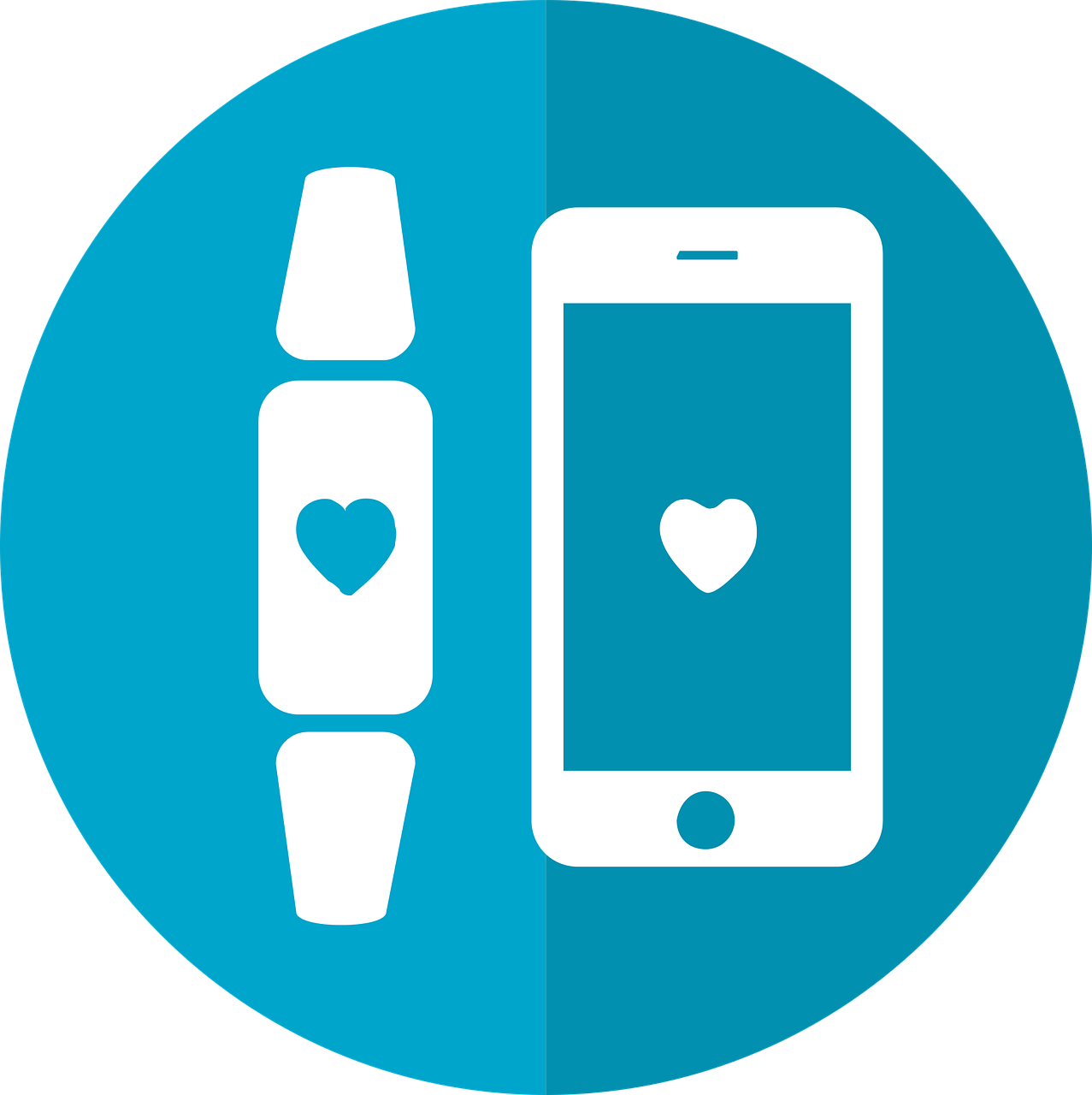
Open PhD Position: Visualization for Smartwatches and other Small Devices

Details
- Place: Inria Saclay, Team Aviz, on the Plateau de Saclay
- Funding: Through a French-German research grant called MicroVis
- Duration: French PhD studies last 3 years
- Supervisors: Petra Isenberg, Jean-Daniel Fekete
- Contact: petra.isenberg@inria.fr, jean-daniel.fekete@inria.fr
- Start Date: ideally until June 2019
- URL: https://www.aviz.fr/Research/JobsMicroVis
Topic overview
This PhD position is part of a joint Franco-German project. The PhD student will study very small data visualizations, micro visualizations, in display contexts that can only dedicate minimal rendering space for data representations. The increasing demand for data visualizations on small mobile devices such as fitness tracking armbands, smart watches, or mobile phones drives this research direction. Given this usage context, the goal is to focus on situations in which visualizations are used “on the go,” while walking, riding a vehicle, or running.
Research Goals
It is still unclear to which extent our knowledge of desktop-sized visualizations transfers to contexts that involve minimal display space, diverse viewing angles, and moving displays. We want to understand how visualizations can be read when they are worn on a person. Do certain types of visualization support better reading when people just briefly glance at them - or when their hands or arms are shaking (e.g. while jogging or moving in a vehicle)?
Impact
Our focus on small or moving displays is novel and timely while supporting realistic usage scenarios. Ultimately, this research direction aims to empower people to use visualizations outside a typical work environment furthering the research agenda of “beyond-the-desktop” visualizations. Example usage scenarios include fitness tracking armbands showing step counts or heart rates, hand-held GPS trackers showing elevation profiles, or mobile phone visualizations used in emergency response scenarios.
In summary, we aim at paving the way for a pervasive use of visualizations and thus a better and broader understanding of the complex world around us.
Related Work
This proposal builds on and expands two existing research streams: data glyphs, which focus on studying data representations of multi-attribute dimensions, and word-scale visualizations such as sparklines, which focus on small visualizations embedded in text-documents. In this project, we consider these types of small visualizations together under the umbrella of “micro visualizations.” Specifically, we define micro visualizations as small-scale visualizations that lack or have a limited set of reference structures such as labels, data axes, or grid lines and have a small physical footprint of a few square centimeters. Micro visualizations can be as simple as small unit-based visualizations such as a battery indicator but also include multi-dimensional visualizations such as star glyphs, small geographic visualizations or even small network visualizations. Although micro visualizations are essential to mobile visualization contexts, we know surprisingly little about their general visual and interaction design space or people’s ability in interpreting micro visualizations.
We have begun work that can serve as a first basis for the PhD. Look at in particular:
- Glanceable Visualization: Studies of Data Comparison Performance on Smartwatches. Tanja Blascheck, Lonni Besançon, Anastasia Bezerianos, Bongshin Lee, Petra Isenberg. IEEE Transactions on Visualization and Computer Graphics, Institute of Electrical and Electronics Engineers, 2019, 25 (1)
- Preparing for Perceptual Studies: Position and Orientation of Wrist-worn Smartwatches for Reading Tasks. Tanja Blascheck, Anastasia Bezerianos, Lonni Besançon, Bongshin Lee, Petra Isenberg. Proceedings of the Workshop on Data Visualization on Mobile Devices held at ACM CHI, Apr 2018, Montréal, Canada
Interested?
If you are interested in this PhD position, please send your application to Petra Isenberg and Jean-Daniel Fekete. We are in particular looking for students with the following expertise (or a significant subset):
- a highly motivated student with past experience in visualization, HCI, or related computer science areas,
- experience running user studies with human participants,
- experience with Android/Wear OS software development,
- experience with graphic design,
- ability to communicate on a regular basis with and receive and incorporate feedback from research advisors,
- ability to clearly and concisely communicate in English in written and spoken form.
To apply for the position provide a CV detailing your past experience as well as a motivation letter that described why you are interested in this position in particular.
Acknowledgments
Logo by mcmurryjulie on Pixabay